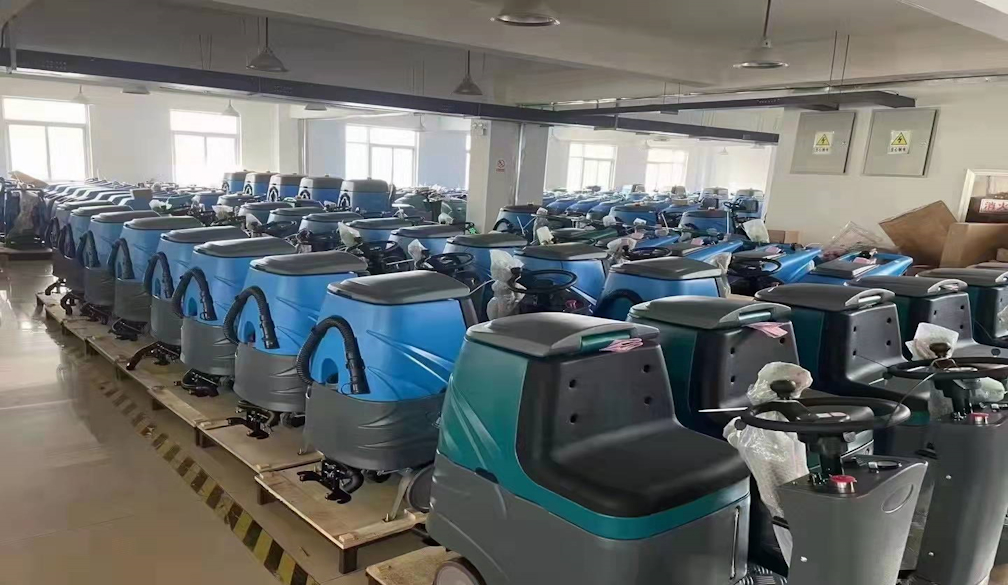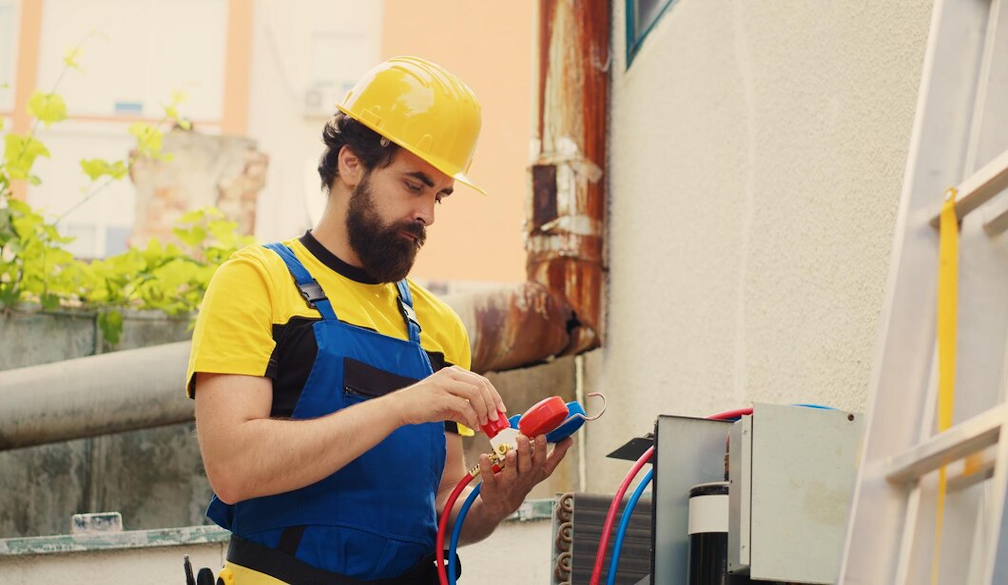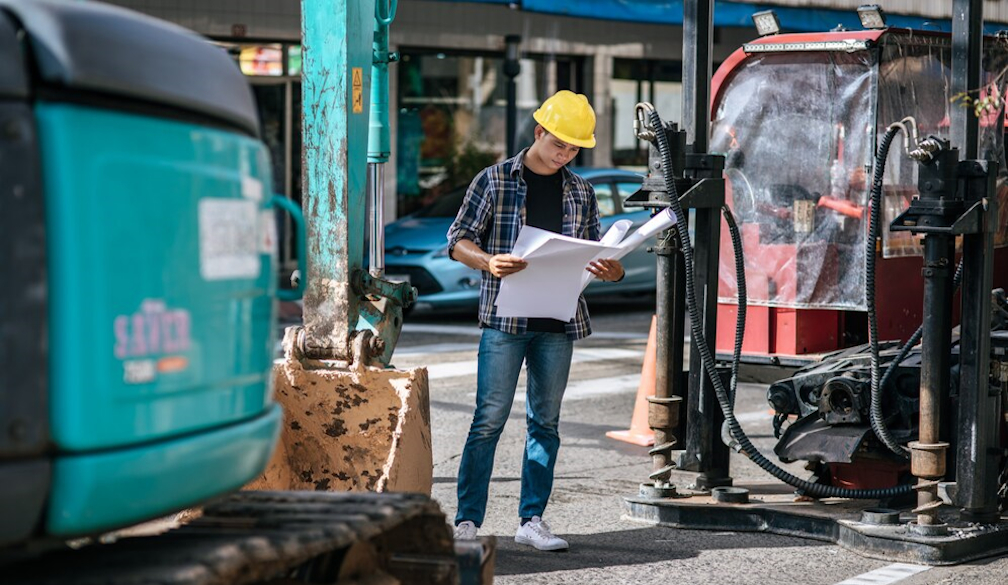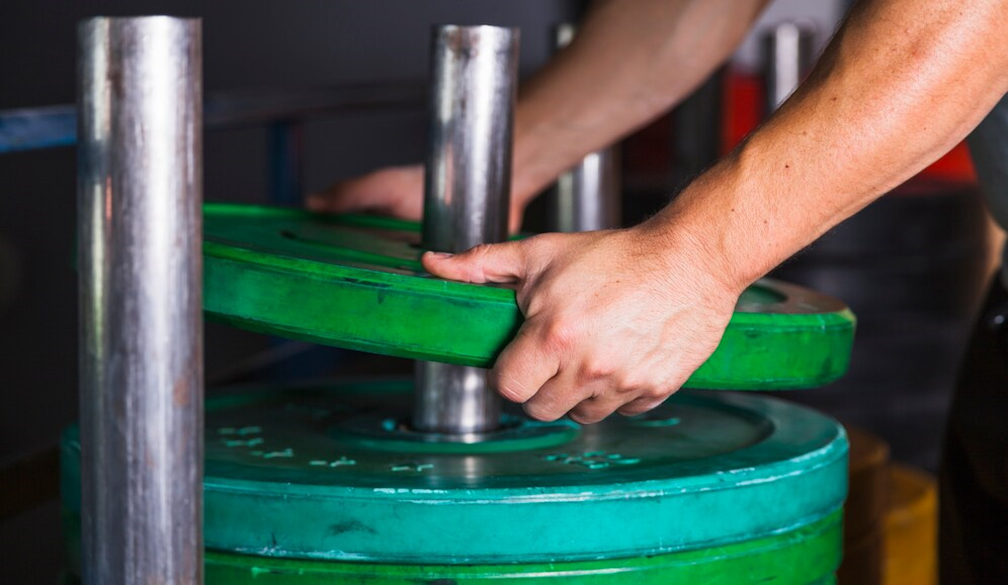Reducing Slip and Fall Hazards with Ride-On Sweepers

Slipping and falling accidents are an expensive problem, in industries ranging from manufacturing plants to commercial spaces and public areas. These accidents can result in injuries reduced productivity and significant financial burdens for businesses. One effective approach to address slip and fall risks is by utilizing ride-on sweepers. In this article we will explore the role that ride-on sweepers play in reducing slip and fall hazards while maintaining clean environments. We will delve into the advantages of using ride-on sweepers their applications across industries. Provide valuable tips for selecting the most suitable ride-on sweeper based on your specific needs.
I. Understanding Slip and Fall Hazards
Before we discuss how ride-on sweepers contribute to preventing slip and fall accidents it's crucial to comprehend the causes of these hazards. Slip and fall incidents typically occur due to the following factors;
1. Surface Contamination
The presence of dust, dirt, debris or spilled liquids on floors and pathways can significantly increase the risk of slipping and falling. This type of contamination is commonly found in settings like warehouses manufacturing facilities or retail spaces.
2. Uneven Surfaces
Irregularities, in flooring such as cracks, potholes or uneven tiles can create tripping hazards.
3. Weather Conditions
These dangers are commonly found in areas such, as parking lots and construction sites. Weather conditions like rain, snow or ice can make surfaces slippery increasing the chances of accidents in spaces.
4. Inadequate Maintenance
Insufficient or irregular cleaning and maintenance practices can contribute to the buildup of hazards over time.
5. Inadequate Lighting
Inadequate lighting in areas can also make it difficult for people to spot floor hazards leading to accidents.
II. The Role of Ride-On Sweepers
Now let’s talk about the role that ride-on sweepers play in reducing slip and fall hazards. Ride-on sweepers are machines specifically designed for thorough cleaning of various surfaces like concrete floors and asphalt pavements. They offer benefits in minimizing slip and fall risks;
1. Efficient Debris Removal
Ride-on sweepers come equipped with brushes and high-capacity hoppers enabling them to collect and remove debris, dust and dirt from surfaces. By keeping the areas clean they eliminate slip and fall risks associated with surface contamination.
2. Versatility
These machines are versatile enough to be used in environments such as warehouses, parking lots, shopping malls, airports and manufacturing facilities. They have the capability to handle types of debris and contaminants effectively.
By utilizing ride-on sweepers for cleaning tasks across settings we can greatly mitigate slip and fall hazards while ensuring safer surroundings, for everyone.
3. Quick and Efficient Cleaning
Ride-on sweepers are a choice when it comes to cleaning areas quickly. They outperform cleaning methods by covering ground in less time. This is crucial, for keeping spaces tidy and preventing the buildup of hazards.
4. Cost Savings through Reduced Labor
Using ride-on sweepers can lead to cost savings by minimizing the need for labor in cleaning operations. Not does this improve efficiency. It also helps reduce the risk of workplace injuries.
5. Versatile Performance in Any Weather
ride-on sweepers are specifically designed to handle all kinds of weather conditions making them ideal for cleaning tasks even during challenging circumstances like rain, snow or ice. This feature is particularly important in areas where slippery surfaces may pose risks.
6. Promoting Safety
By removing debris and contaminants ride-on sweepers create environments for both employees and visitors alike. This plays a role in accident prevention. Helps minimize the chances of slip and fall incidents.
III. Applications across Various Industries
Ride-on sweepers find use across a range of industries and settings where maintaining clean and safe environments is of utmost importance. Let’s take a look at some sectors where ride-on sweepers prove beneficial;
Manufacturing and Warehousing
Manufacturing Facilities and WarehousesIn manufacturing plants and warehouses ride-on sweepers are essential, for keeping the production floors free from dust, debris and spills. This helps minimize the risk of accidents and ensures air quality.
Retail
Shopping malls and retail stores greatly benefit from using ride-on sweepers to ensure safe walkways for shoppers. These machines are particularly useful during shopping seasons when there is a volume of foot traffic.
Airports
Airports rely on ride-on sweepers to runways, taxiways and parking areas from debris and foreign objects. This is crucial for maintaining the safety of aircraft operations and passengers.
Construction
Construction sites often have surfaces filled with debris. Ride-on sweepers play a role in creating a working environment by regularly clearing these areas.
Municipalities
Local governments make use of ride-on sweepers to keep streets and public areas clean reducing the risks of slips and falls while improving residents’ overall quality of life.
Hospitals and Healthcare Facilities
Maintaining cleanliness in healthcare settings is critical to prevent the spread of infections. Ride-on sweepers contribute to maintaining hygiene by removing contaminants from floors and corridors.
IV. Choosing the Right Ride-on sweeper
It is crucial to select the ride-on sweeper that suits your needs in order to maximize its effectiveness, in reducing slip and fall hazards. When you're making your decision take these factors into account;
1. Surface Type
First figure out what kind of surfaces you'll be cleaning—whether it's concrete, asphalt, tile or carpet. Different sweepers are designed for types of surfaces.
2. Size of Area
Consider the size of the area that needs cleaning. If you have spaces to navigate smaller ride-on sweepers might be more suitable. For areas go for models that can cover expansive spaces.
3. Debris Type
Think about the type and size of debris you'll need to remove. Some sweepers are better equipped for dust while others excel at picking up objects.
4. Outdoor Use
If you plan on using the sweeper make sure to choose a model that can handle different weather conditions.
5. Fuel Type
Ride-on sweepers come in gas powered and propane variants. Consider which one aligns, with your operational requirements.
6. Maneuverability
Especially if you need to navigate corners and confined spaces consider how maneuverable the sweeper is.
7. Maintenance Needs
Evaluate the maintenance requirements of each sweeper model to ensure they match your capabilities and budget.
8. Cost and Budget
Determine your budget. Explore options that provide the value for your investment.
In conclusion it is crucial to recognize the risks posed by slip and fall hazards across industries and settings. Ride-on sweepers play a role, in mitigating these risks by removing debris, dust and dirt from surfaces. Their versatility, efficiency and ability to cover areas make them indispensable for maintaining safe environments.
Conclusion
When selecting a ride-on sweeper it is essential to consider factors such as the type of surface the size of the area the type of debris and the maintenance requirements. By investing in ride-on sweepers and giving priority to cleaning and maintenance practices, businesses and organizations can create spaces, for their employees and visitors while also reducing the financial burden associated with slip and fall accidents.






